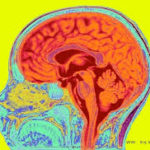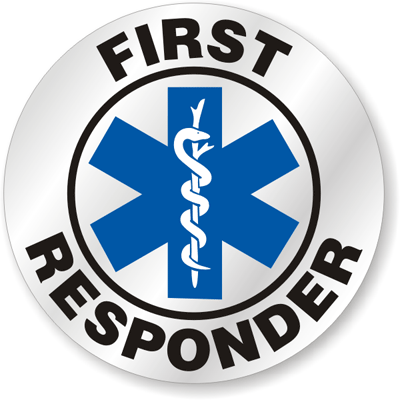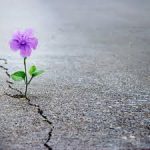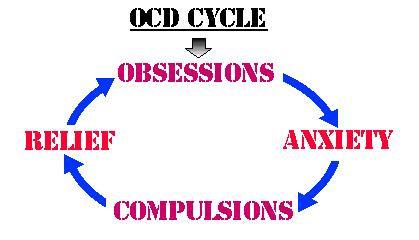OCD or obsessive compulsive disorder and anxiety can be addressed in multiple ways and mindfulness meditation is a very effective way that can enhance any other approach of your choosing. Both of these conditions respond well to positive lifestyle changes and certainly mindfulness meditation is a positive lifestyle change.
The research connecting mindfulness meditation and anxiety and OCD is plentiful. I wouldn’t know where to begin to reference different studies because there are so many that show positive outcomes with anxiety and OCD using mindfulness meditation. A lot of the research comes from Jon Kabat Zinn’s 8 week Mindfulness Based Stress Reduction program(MBSR)developed at the University of Massachusetts Medical Center. It is being taught all over the world and is present in practically all healthcare settings. To date there are over 2500 studies published worldwide. For those of you interested in the research I would suggest doing a specific internet search.
For those of you not inclined towards research and for the sake of brevity I will summarize the factors connecting OCD/anxiety, stress and mindfulness. I will do that by connecting them to mindfulness meditation and it’s use as a stress reduction program.
To begin with, we have discovered in the world of stress that we are not processing stress like we should. The big news in research is that the stress reaction(fight,flight or freeze) doesn’t resolve itself in many situations. The result is acute stress hanging around sometimes for years and becoming chronic stress. During fight,flight or freeze there are many physical, mental and emotional changes that take place. Imagine if those changes hung around for years and were pushed below the surface to keep them out of the way. It would create a host of issues.
One of the characteristics of fight or fight is fear. Fear in the short run is a very positive response. Fight or flight is our survival mechanism and without fear we wouldn’t be as effective at surviving. The problem comes when the fight or flight doesn’t resolve itself and the fear becomes chronic producing many iterations/expressions of itself over time. Anxiety and OCD are simply iterations/expressions of fear that hasn’t been resolved. Anxiety is generalized fear and OCD is a behavior that is designed to create the feeling of control. The need for control is driven by fear.
So how does mindfulness reverse chronic stress and fear thereby addressing the root driver to OCD and anxiety? When we go into fight or flight our main coping mechanism is our ability to disconnect from the present moment. It is very common to feel disconnected from our bodies, thoughts and emotions in this situation. In a short term situation it works well. In a long term situation it perpetuates the phenomena of being stuck in the fear/fight or flight mode. It’ s as if the body senses that because we are disconnected there is still danger and so it keeps us in fight or flight.
Mindfulness meditation is the process of paying attention to our bodies, thoughts and emotions in the present moment. We actually reconnect to those same things that we disconnected from in fight or flight. At this point it is as if the body senses that because we are re connecting, the danger must no longer be present. The result is that the body shifts the nervous system to come out of fear/fight or flight. The system gradually normalizes and fear goes away. Fear, the potent driver of anxiety and OCD resolves itself and is no longer energizing the anxiety and OCD. It is at this point that many mindfulness meditation practitioners discover the connection between fear, anxiety and OCD. As the fear from being stuck in fight or flight subsides so does anxiety and OCD.










